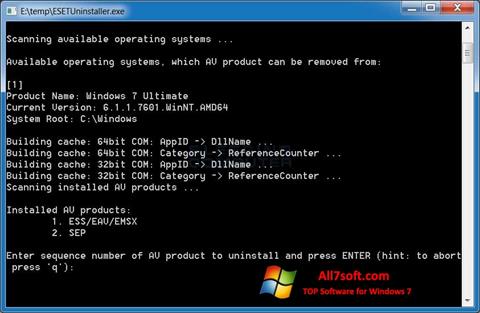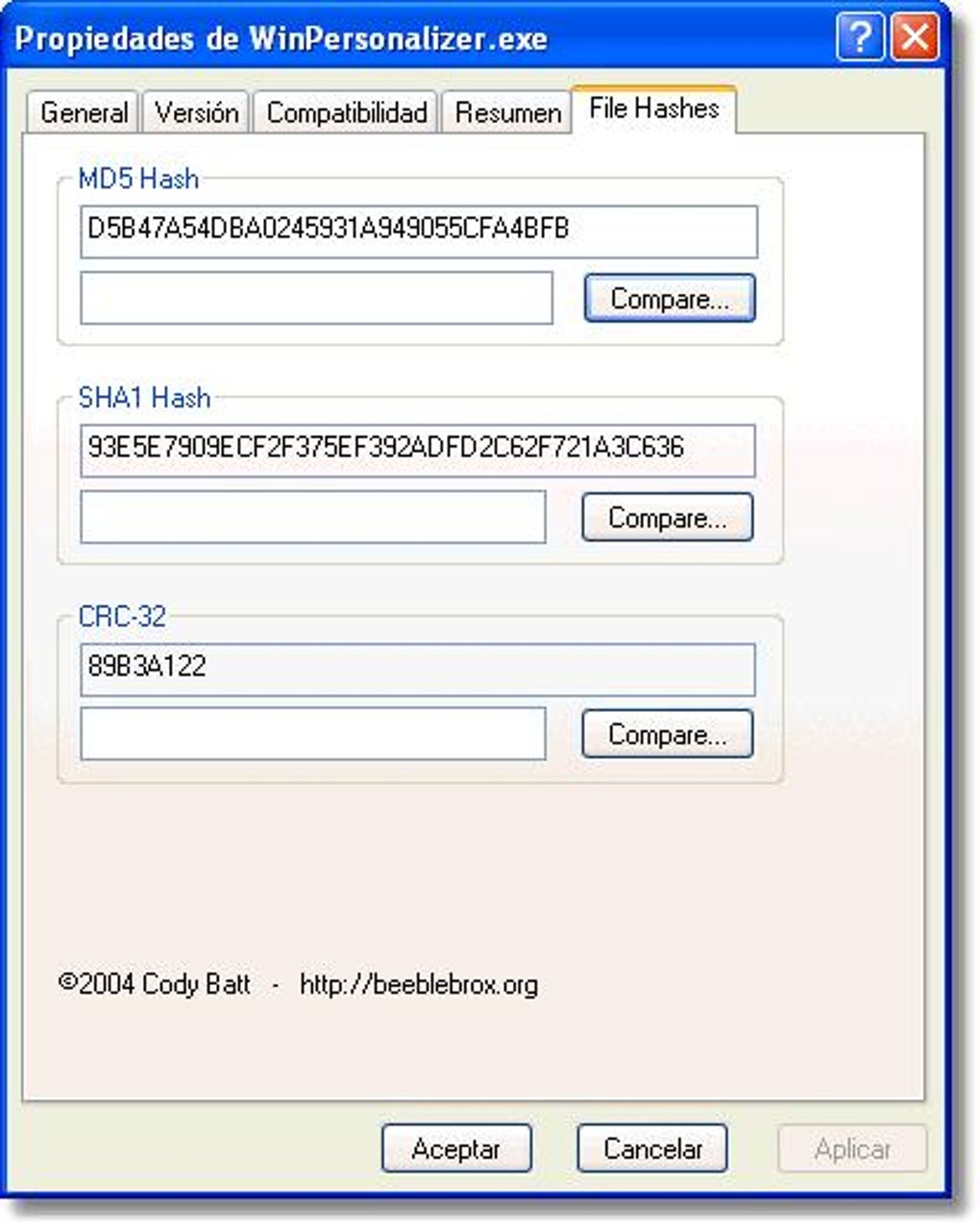

You’ll have to read the paper to understand the fine points - note the use of the words hypervisor and ring levels.īut here’s the speedy executive overview based on my current understanding. The developers left the LSASS programming logic intact to continue supporting credential processing as before. It gets gnarly, but the LSASS address space is now really, really separated from other user processes so that apps like Mimikatz can’t peek into it. Last month at Black Hat, Microsoft heavy weights, Seth Moore and Baris Saydag, gave a presentation, Defeating Pass-the-Hash, that explained the implementation details. These guest operating systems are sort of like their own min-universes, separate from each other, except through some well-defined worm holes - I’ll get to that in a second. Yeah, it’s using similar ideas and techniques to those found in virtual machines that enable a host operating system to run various guest operating systems. In Windows 10, the designers reworked the LSASS process so that it lives in its own virtualized container. Source: MicrosoftĪnd that’s where Credential Guard finally comes in.
Hashtab windows review how to#
To its credit, it sort of recognized the problem and has given very good advice on how to reduce the risks of credential stealing - see this paper. Softee has known about PtH for many, many years. Bottom Line: Hashes Will Be Really Hard to Get Pen test tools like Mimikatz, for example, access LSASS memory, thereby allowing cyber thieves to pull out credentials (preferably of users with elevated privileges) and take on multiple identities as they traverse the target system. It’s a user convenience that we all take for granted, but it has the side effect of giving hackers a huge opening to exploit. When you need to access other services, Windows just dips into LSASS to pull out the credential - the hashed password - so you don’t have to re-enter it. In an SSO environment, the computing world most of us live in, you enter passwords once when logging in to your corporate laptop. The answer: Windows keeps hashes in LSASS memory, making it available for Single Sign On or SSO.
Hashtab windows review crack#
Once inside a system, hackers love PtH because they don’t have to crack hashes to take over a user’s identity. If you have the hash, it’s the same as having the password: you just pass or feed it into the NLTM protocol to gain entry.
Hashtab windows review password#
The hash of the password - remember hashing? - is at the core of Windows NTLM challenge and response authentication protocol. As I read more, it was beginning to look like this was the long awaited PtH messiah.įor those who’ve been following along with us, Pass the Hash (and Pass the Ticket for Kerberos) is a way for hackers to directly exploit user credentials that are kept in memory. To find out more, I searched the TechNet portion of the Microsoft website and came across this overview article on Credential Guard. Ok, Credential Guard must be using the virtualization technology they had been yakking about for the last few months- for example, see this presentation by Microsoft’s Nathan Ide at this year’s RSA conference. It’s described as a way to “protect corporate identities by containing them in the hardware-based secure execution environment.”

Also in that first bullet point is a reference to something called Credential Guard.


 0 kommentar(er)
0 kommentar(er)
